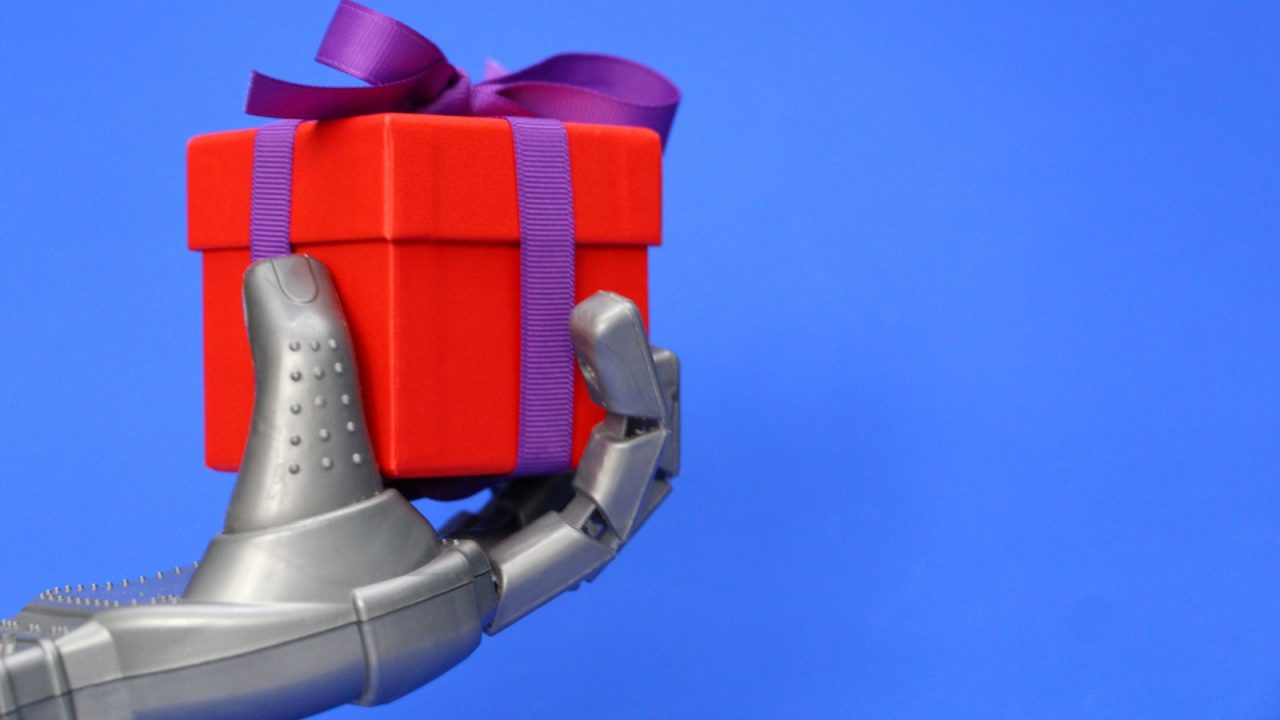In an InfoWorld article published over a decade ago, Ephraim Schwartz predicted that businesses that used geofences (or virtual perimeters for tracking purposes) risked damaging the employee-manager relationship and increasing employee turnover.
He wasn’t alone in his anxieties about the technology. Before GPS and geofencing were even part of the vernacular, people had major reservations about the implications of being tracked via mobile devices. Among the most popular was the belief that such tracking could be a slippery slope toward implanted civilian tracking devices, which would surely “slice, dice and destroy the last vestiges of personal privacy in an increasingly impersonal world.”
Fast forward to 2017. Geofencing is not only commonplace in government and big business, but it’s accepted in virtually all aspects of our daily lives, from shopping and transportation to homes and the workplace. People aren’t particularly averse to letting apps track their location in the background. In fact, a new study found that 77 percent of people allow apps to track their location, even when the apps aren’t in use.
What is a geofence?
Geofencing stems from “geographic or geospatial information systems” (GIS). First coined by geographer Roger Tomlinson in the 1960s, GIS was created to combine land-use mapping with IBM computer technology for the Canadian government as a means to map out the country’s commercial lands. It wasn’t until the 1980s that the technology became widely popular.
Today, geofences represent virtual perimeters around geographic locations, such as shopping malls and hazardous areas of construction sites. When that perimeter is crossed, an alert may be sent to a mobile device. And geofencing is good for business, no matter how it is charted. One of its most popular uses is in marketing, wherein a business will send alerts to its mobile app when a customer physically enters the vicinity of their store.
Surprisingly, people are far less bothered by promotional messages triggered by geofences. On the jobsite, geofencing is becoming more and more popular for safety, equipment tracking and accountability.
Top Three uses for geofencing apps in construction
The construction industry certainly isn’t shying away from geofencing to keep projects running smoothly. Construction companies are using technology such as GPS and geofencing to track fleets and inventory and collect critical data about their work. Here are the top three reasons construction companies turn to geofencing:
- Safety. One of the biggest concerns on any construction site is employee safety and avoiding workplace injuries. IBM MobileFirst for iOS Safe Site (SafeSite) offers risk management and safety using geofencing. Once a business sets up a geofence around an area, information about unsafe conditions may be shared with the team. Should anyone with the app enter an unsafe area, they’re immediately alerted.
- Equipment tracking. Tracking assets and equipment is vital for construction companies of all sizes. AnyTrack by Automile uses geofencing to ensure valuable assets are in check, no matter where they are in the field. This app not only tracks location, it prevents theft. Secure the tracking device to the truck, earth mover, excavator, crane or any other expensive piece of equipment. Then install the app and AnyTrack follows its location in real time. Set up geofences to receive alerts to a smartphone via text or email or directly to the app, if the object is moved beyond the geofence before or after a predetermined period of time.
- Team accountability. Many employers like to use time tracking systems with geofencing to make it easier for employees to clock in and out. Geofenced-based time tracking systems can also help to prevent time theft by prohibiting employees from clocking in before they get to the job site. But the technology hasn’t always been reliable, so some systems use a GPS-enhanced system rather than a geofenced one. In the same geofencing study, almost half of the respondents who had used a geofencing app at work said the technology was problematic, and almost one in 10 said the problems were so severe it had to be abandoned entirely. But if those problems can be ironed out, it’s clear the technology has the potential to make life better not just for business owners but employees too. It improves accountability and safety in equal measure.
Technology that enhances safety, increases employee morale
In 2015, Fast Company reported survey findings that construction workers are among the happiest employees. Much of the reason is thanks, in part, to camaraderie among employees. But these days, it wouldn’t be surprising if it were also due to the fact that construction companies are becoming more concerned with safety and making employee’s lives easier with technology.
Whenever there are major advancements in tracking technology, there will always be skeptics. But making better business decisions based on security and data collection is what sets high-performing construction companies apart from the competition. For construction, in particular, geofencing is one of the most useful pieces of technology available for keeping employees and equipment safe, ensuring employees are where they’re needed and increasing overall efficiency.







